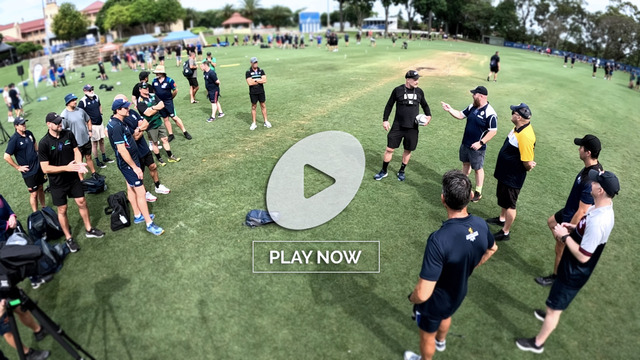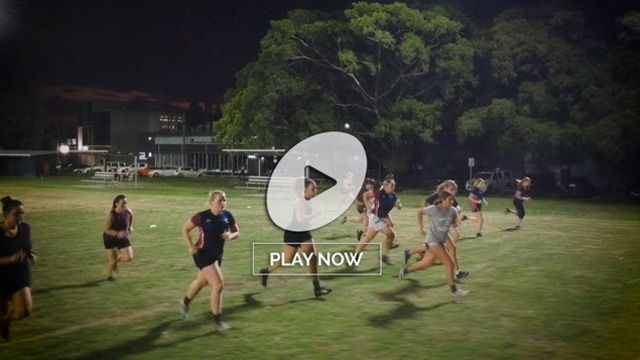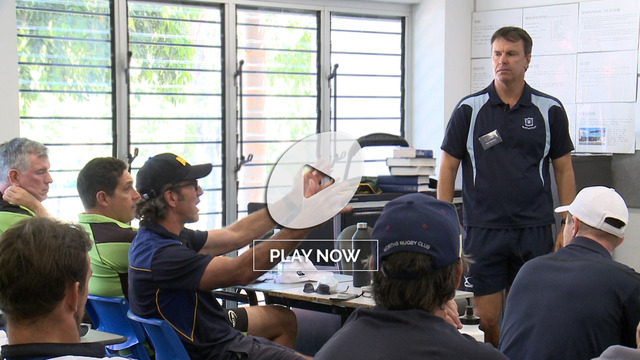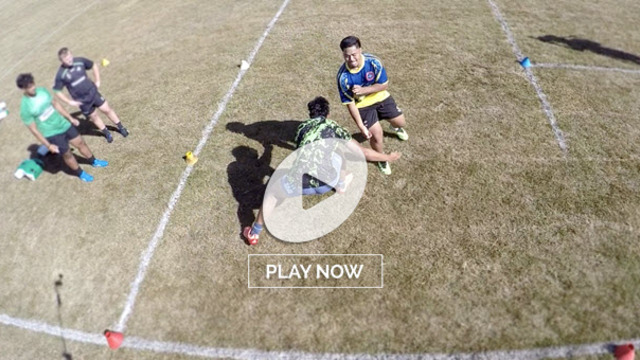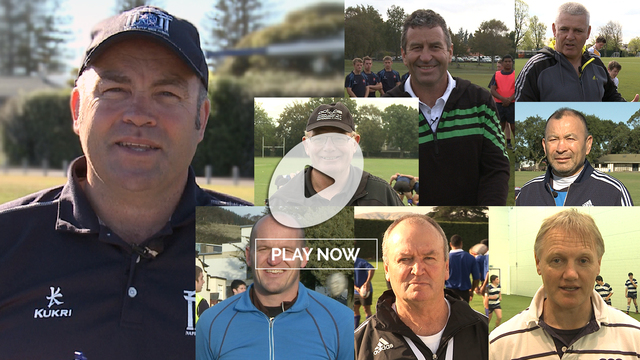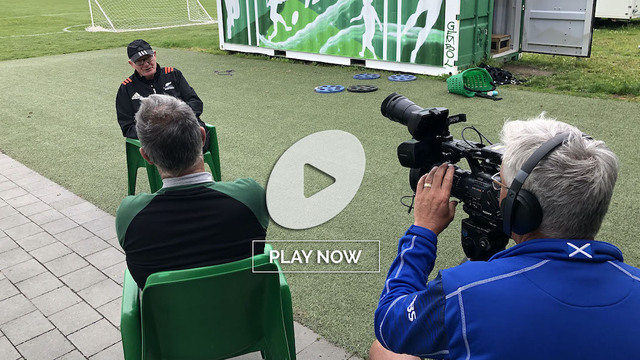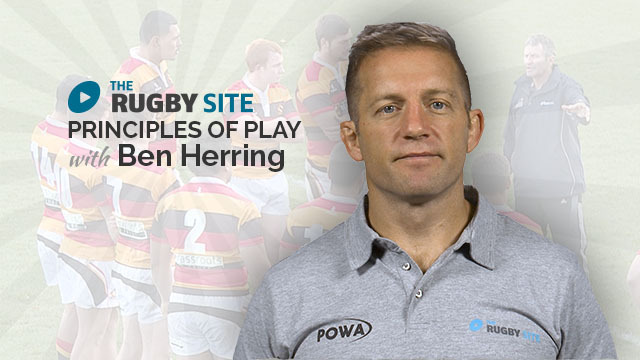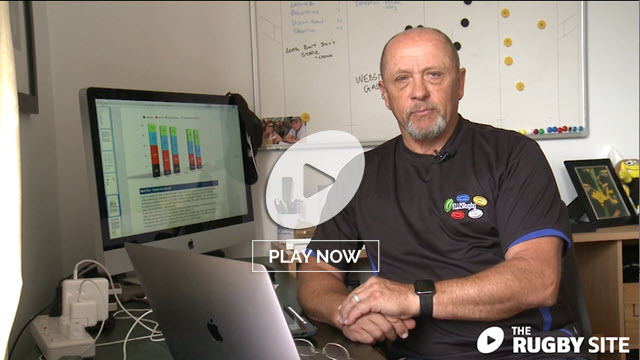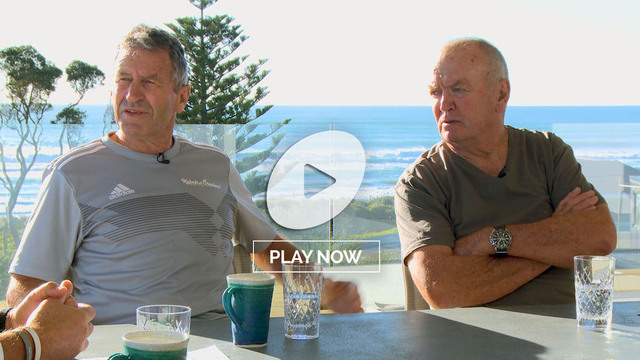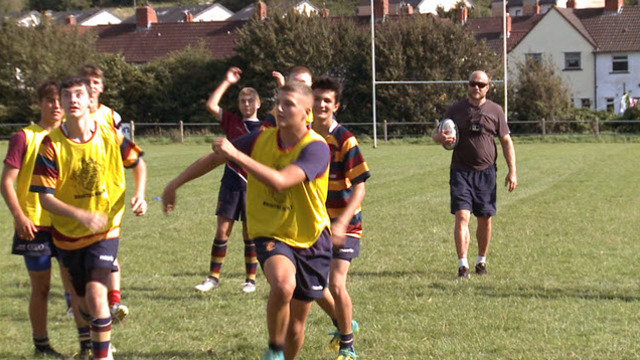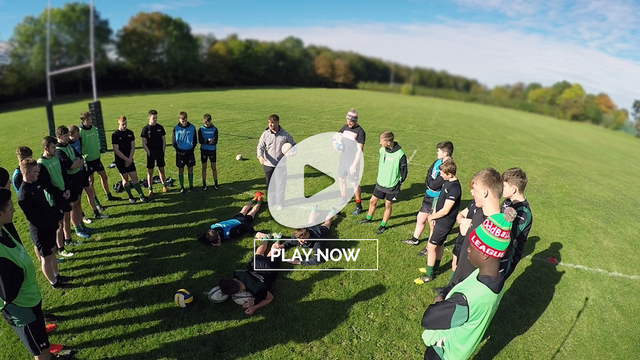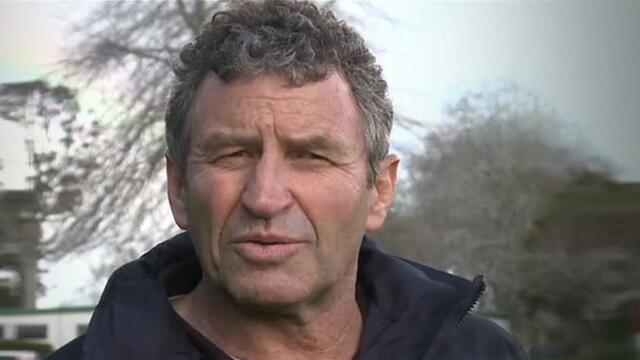There are no rules about your centres. Every coach selects their best players and dovetails them. Rene Ranger has been a wing for much of his professional career, but he has shown this season that he has the ability to play centre.
See the Graham Henry coaching collection here
He is very, very quick over a short distance and can reach top speed in 3 metres. Put that together with a good step, a good fend and a low centre of gravity and you have an attacking force. But Ranger also has a low body position and a big workrate, making him very effective over the ball in defence.
There are works-on, as there are with any top player. He can sometimes get a bit lateral. He will bounce too far out of a tackle and slide across the pitch. And he has to stay on the job to maximise his defensive abilities.
But any midfield is a work in progress. I’ve worked with a lot of combinations where the 12 is very strong, will get over the gain line and provide quick ruck ball. The 13 has been a very good distributor, a good tactical kicker and had a very high work rate.
That describes the Nonu/Smith combination, although Nonu became a good passer off either hand with the ability to keep it alive in contact. You work on these things with players and you encourage them to work on them by themselves.
Conrad was a subtler player, who had good touch with both hands and feet. But he also had a huge workrate. That is vital, because 13 is one of the most demanding positions physically on the pitch. He is constantly moving from one side to the other. Only the 9 will run further.
When you have your combination, it is sometimes best not to overcomplicate things. You can run three or four different options off one set-up, but you probably don’t want to go further than that. Reduce the menu so it is easier to handle mentally.
Repetition and patience are the keys to making moves work. A lot of little things will go wrong before the strike runner hits the ball. The lineout timing may be out a fraction, the halfback may receive ball he has to reach for, his pass to the first receiver may be slightly offline. All of this leads to delay.
There is a good rule for anticipating all the things that can go wrong before the runner hits the pass – if you get there late you will be on time. It is rare to see the runner stretching for the ball in front of him, but how often does the distributor have to push the pass forward or the runner reach behind
him. It happens time and again, even at the top level.
So concentrate and delay – dance on the spot, push sideways, do something to hold off the natural eagerness to get to the ball. Repetition, patience, understanding. And remember, if you get there late, you will be on time.






